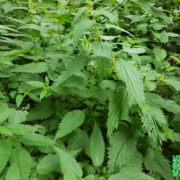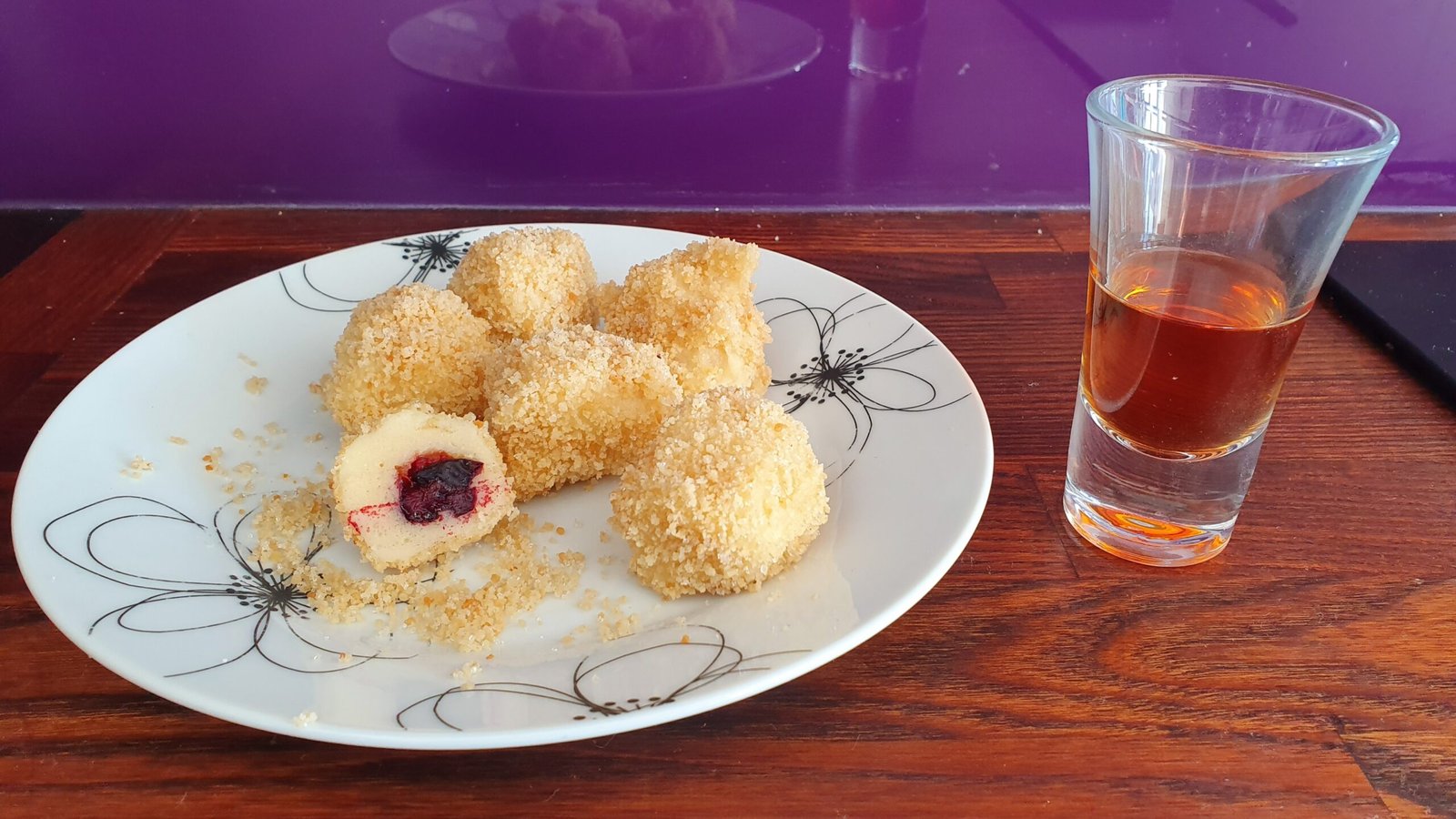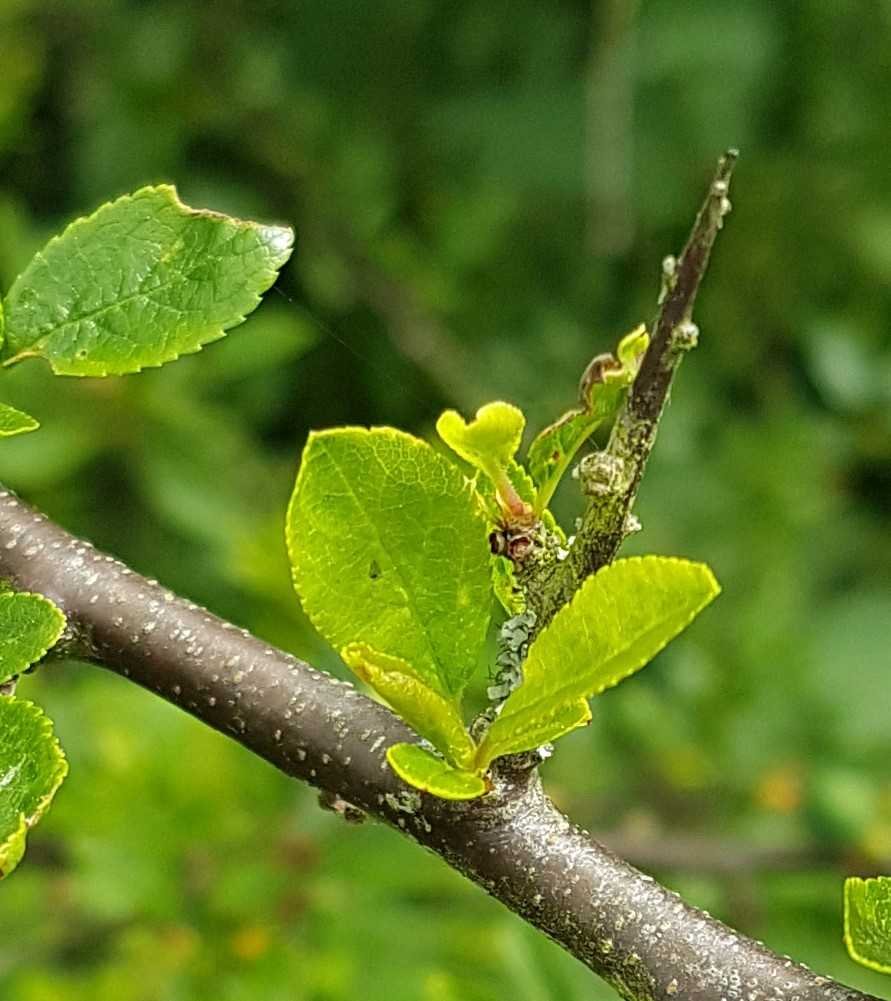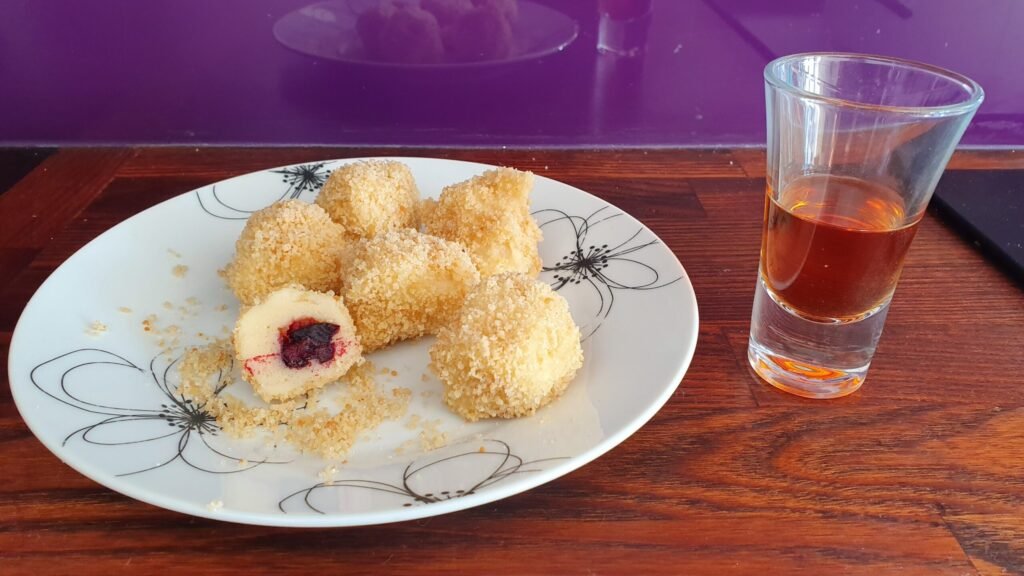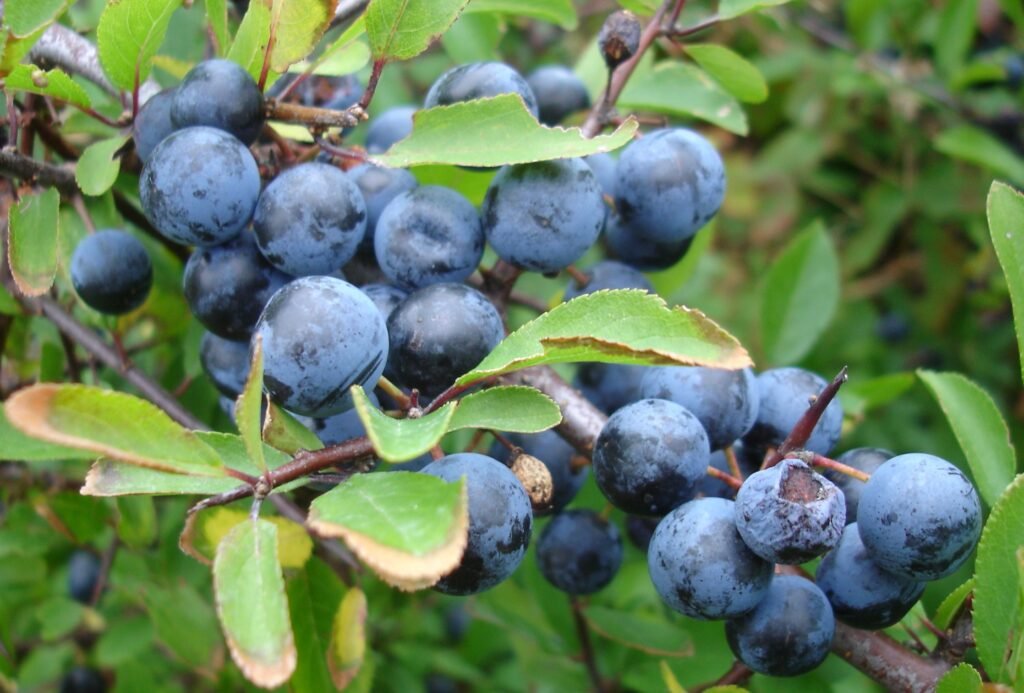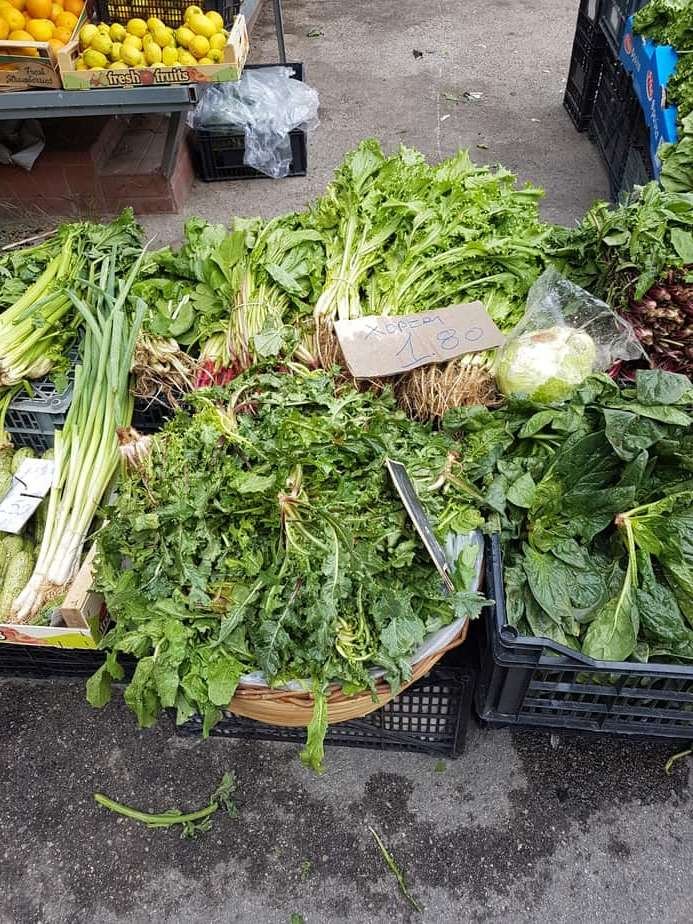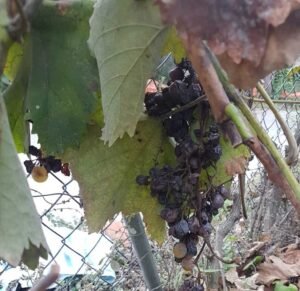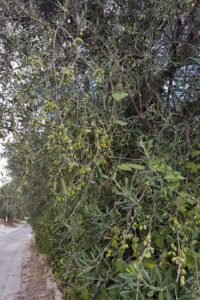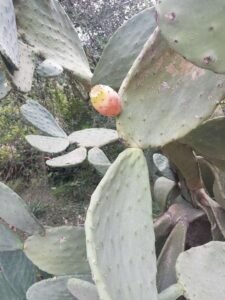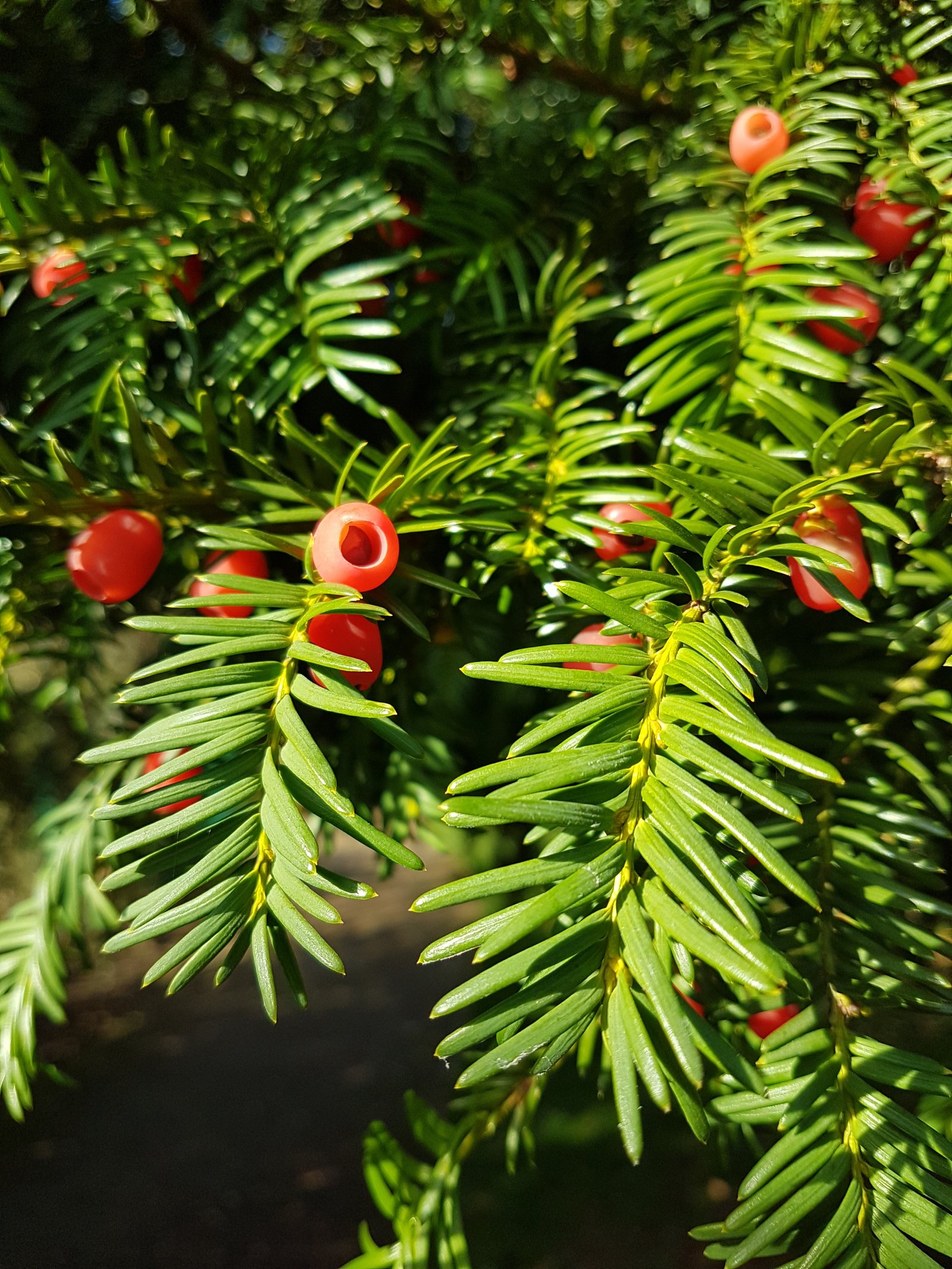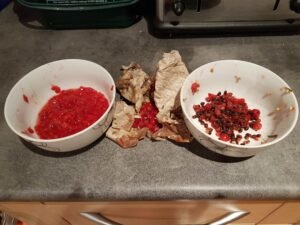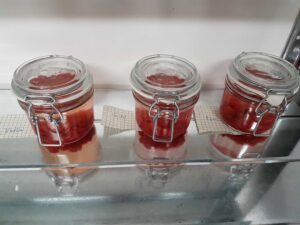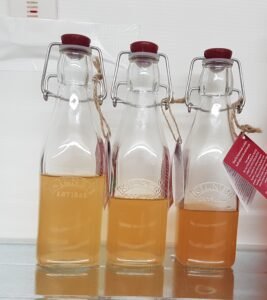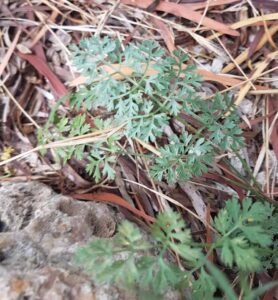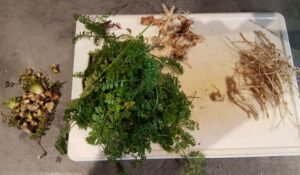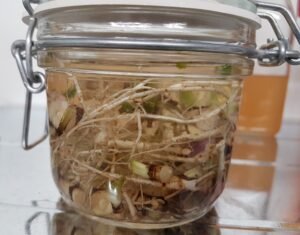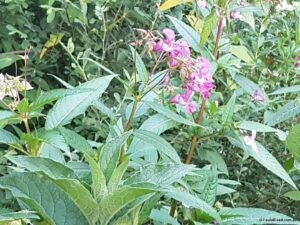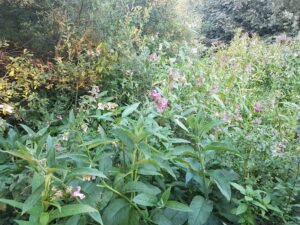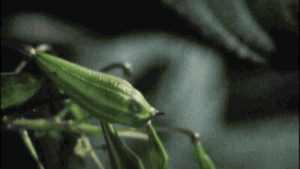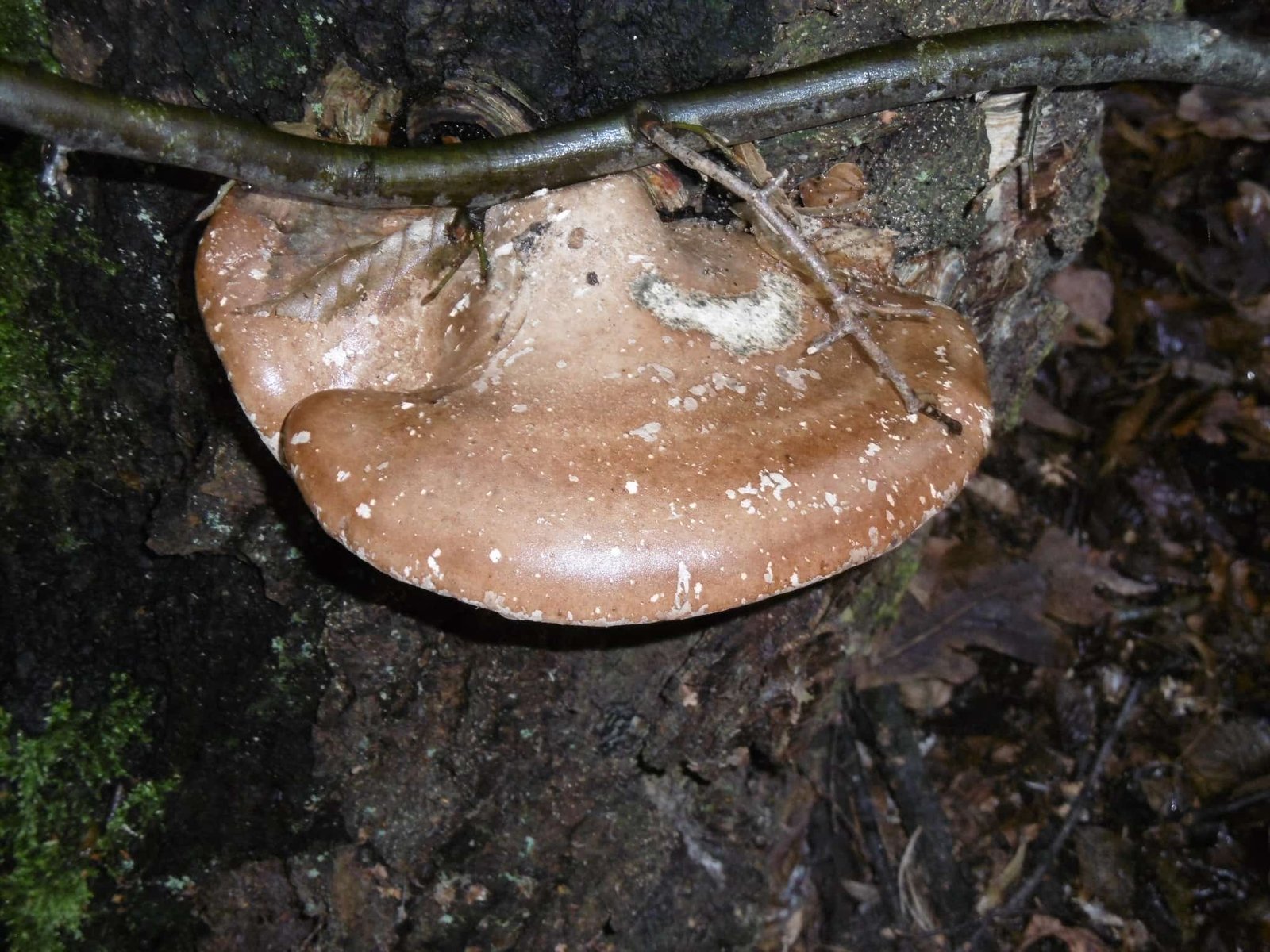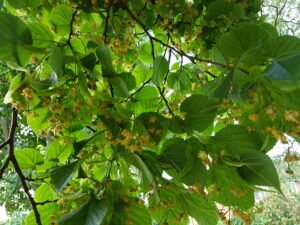Stinging nettles have been used for dyes, fibres, herbal remedies and food for hundreds of years. During WW2, the British used nettles for their dark green dye for camouflage, and the Germans used huge quantities of nettles for their fibres to make military uniforms.
Habitat
It is native to Europe, Asia, northern Africa, and naturalised in North America, and introduced elsewhere. It can be found on waste ground, hedgerows, woods etc, preferring a rich soil and avoiding acid soils. Patches of healthy nettles are said to be an indicator of fertile ground, and possibly an indicator of previous human occupation.

Description
It is a herbaceous perennial flowering plant in the family Urticaceae. The species is divided into six subspecies, five of which have many hollow stinging hairs called trichomes on the leaves and stems, which act like hypodermic needles, injecting histamine and other chemicals that produce a stinging sensation upon contact (contact urticaria).
Urtica dioica is a perennial growing to 1.2 m quickly.
“dioica” refers to the botanical term, “dioecious” meaning that male and female flowers are on different plants.
Identifying Features

- Leaves – The soft, green leaves are 3 to 15 cm long and grow in opposite pairs on an erect, wiry, green stem. The leaves have a strongly serrated margin, a cordate base, and an pointed tip with a terminal leaf tooth longer than adjacent lateral teeth.
- The leaves and stems are very hairy with non-stinging hairs, and in most subspecies, also bear many stinging hairs (trichomes or spicules), whose tips come off when touched, transforming the hair into a needle that can inject several chemicals causing a painful sting or paresthesia, giving the species its common names: stinging nettle, burn nettle, burn weed, or burn hazel.

- Flowers – It bears small, greenish or brownish, numerous flowers in dense axillary inflorescences.
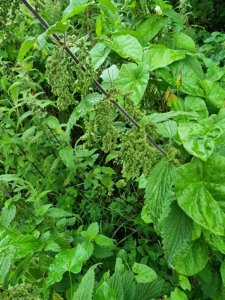
- Roots – It has widely spreading rhizomes and stolons, which are bright yellow, as are the roots.
Pictures



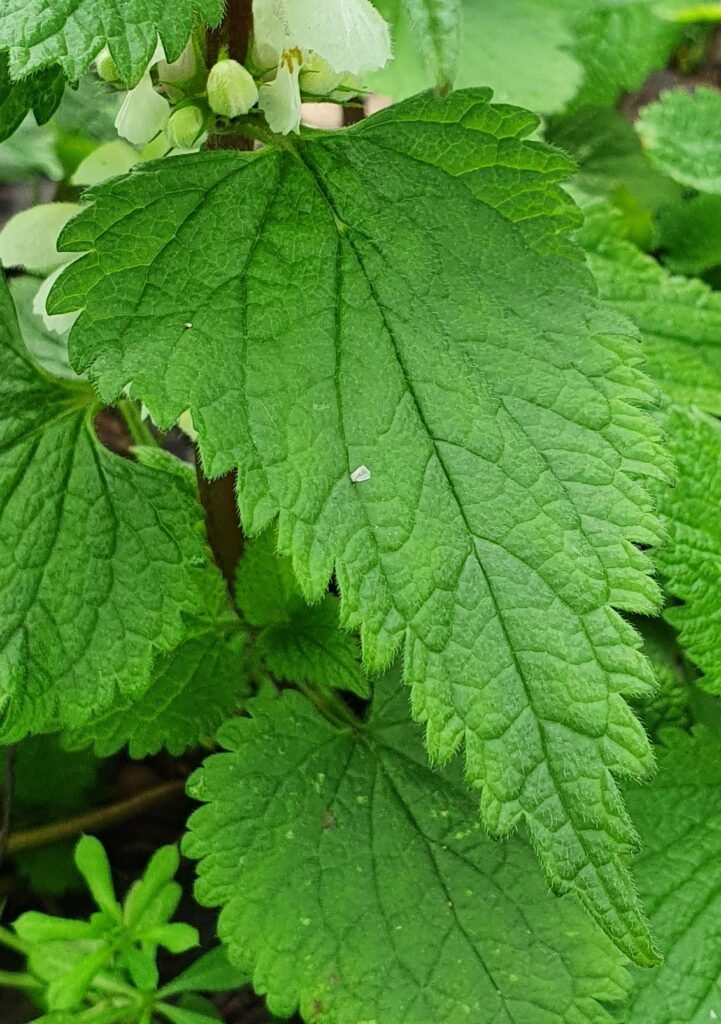

Uses
Food
Young leaves – can be cooked and used the same as spinach (i.e. boiled or steamed) and added to soups etc. They also make excellent fried crisps. They can also be dried for winter use. Nettles are a very valuable addition to the diet, they are a very nutritious food that is easily digested and is high in minerals (especially iron) and vitamins (especially A and C). Cooking the leaves, or thoroughly drying them, neutralises the sting, rendering the leaf safe to eat. Heating to above 60 degrees celcius renders them sting-less by bursting the sack of chemicals at the base of each sting. Dehydrating nettles breaks the needles, rendering them safe. The needles can also be broken by physical means, such as slapping, flattening with a rolling pin, etc. The young shoots, harvested in the spring when 15 – 20 cm long complete with the underground stem are very nice. Old leaves can cause an upset stomach. The juice of the leaves, or a decoction of the herb, can be used as a rennet substitute in curdling plant milks for making cheeses. Nettle wine is brewed from the young shoots, and a strong nettle decoction can be added to brewing ale for flavouring.
Medicine
Nettles have a long history of use in the home as a herbal remedy and nutritious addition to the diet. A tea made from the leaves has traditionally been used as a cleansing tonic and blood purifier so the plant is often used in the treatment of hay fever, arthritis, anaemia etc.
Other uses
A strong fibre is made from the stems. Used for making string and cloth, it also makes a good quality paper. It is harvested as the plant begins to die down in early autumn and is flattened and dried before the fibres are extracted. The fibre is produced in less abundance than from flax (Linun usitatissimum) and is also more difficult to extract.
The plant matter left over after the fibres have been extracted are a good source of biomass and have been used in the manufacture of sugar, starch, protein and ethyl alcohol.
An oil obtained from the seeds is used as in oil lamps.
The leaves are also an excellent addition to the compost heap and they can be soaked for 7 – 21 days in water to make a very nutritious liquid feed for plants. This liquid feed is both insect repellent and a good foliar feed.
The growing plant increases the essential oil content of other nearby plants, thus making them more resistant to insect pests.
Although many different species of insects feed on nettles, flies are repelled by the plant so a bunch of freshly cut stems has been used as a repellent in food cupboards. The juice of the plant, or a decoction formed by boiling the herb in a strong solution of salt, if rubbed into small seams of leaky wooden tubs, will coagulate and make the tub watertight again.
A hair wash is made from the infused leaves and this is used as a tonic and antidandruff treatment.
A beautiful and permanent green dye is obtained from a decoction of the leaves and stems. A yellow dye is obtained from the root when boiled with alum.
Folklore
Being very common, the stinging nettle has much lore and myth surrounding it; here are some of the more common ones:
- The name “Nettle” is said to have come from the Anglo-Saxon word for needle, probably referring to its stinging needles (hairs), or possibly referring to its value as a thread (seems less likely).
- In Irish mythology, when the children of Lir (sea god) returned from hundreds of years in exile, they found their home overgrown with nettles; as did Oisin on returning to his great hall. Unsurprising when nettles are so commonly found in wasteland and abandoned places.
- Dreaming of gathering nettles is said to mean that someone likes you, or that your marriage will be a happy one; Whereas dreaming of being stung means something bad is coming.
- In Germany and Wales, folk songs associate nettles with love and fertility.
- Across the British Isles, many stories exist concerning the origin of nettles, including that they mark the spots where Satan and his fallen angels fell to earth, that they grow from dead men’s bodies or from the spilling of innocents’ blood, and that they grow from human urine (though they do prefer nitrogen rich soil, so there may be some truth in that one!).

Known hazards
The leaves of the plants have stinging hairs, causing irritation to the skin. This action is neutralized by heat or by thorough drying, so the cooked leaves are perfectly safe and nutritious. However, only young leaves should be used because older leaves develop gritty particles called cystoliths which act as an irritant to the kidneys. Possible interference with allopathic drugs for diabetes mellitus, hypertension. Central nervous system depression drugs (e.g. morphine, alcohol) may also interact with nettle. Avoid during pregnancy.
Harvesting
It is in leaf from March. It is in flower from May to October, and the seeds ripen from Jun to October.
For medicinal purposes, the plant is best harvested in May or June as it is coming into flower and dried for later use.
Potential lookalikes
White deadnettle (Lamium album) can look very similar, but bears distinctive white flowers. Also edible.
Sources
- Wikipedia – https://en.wikipedia.org/wiki/Urtica_dioica
- Examine – https://examine.com/supplements/stinging-nettle/
- Progessive Health – http://www.progressivehealth.com/stinging-nettle-extract-may-help-reduce-swollen-pr.htm
- Grieve. A Modern Herbal. Penguin 1984 ISBN 0-14-046-440-9
- Bown. D. Encyclopaedia of Herbs and their Uses. Dorling Kindersley, London. 1995 ISBN 0-7513-020-31
- Moerman. D. Native American Ethnobotany Timber Press. Oregon. 1998 ISBN 0-88192-453-9
- Chevallier. A. The Encyclopedia of Medicinal Plants Dorling Kindersley. London 1996 ISBN 9-780751-303148

